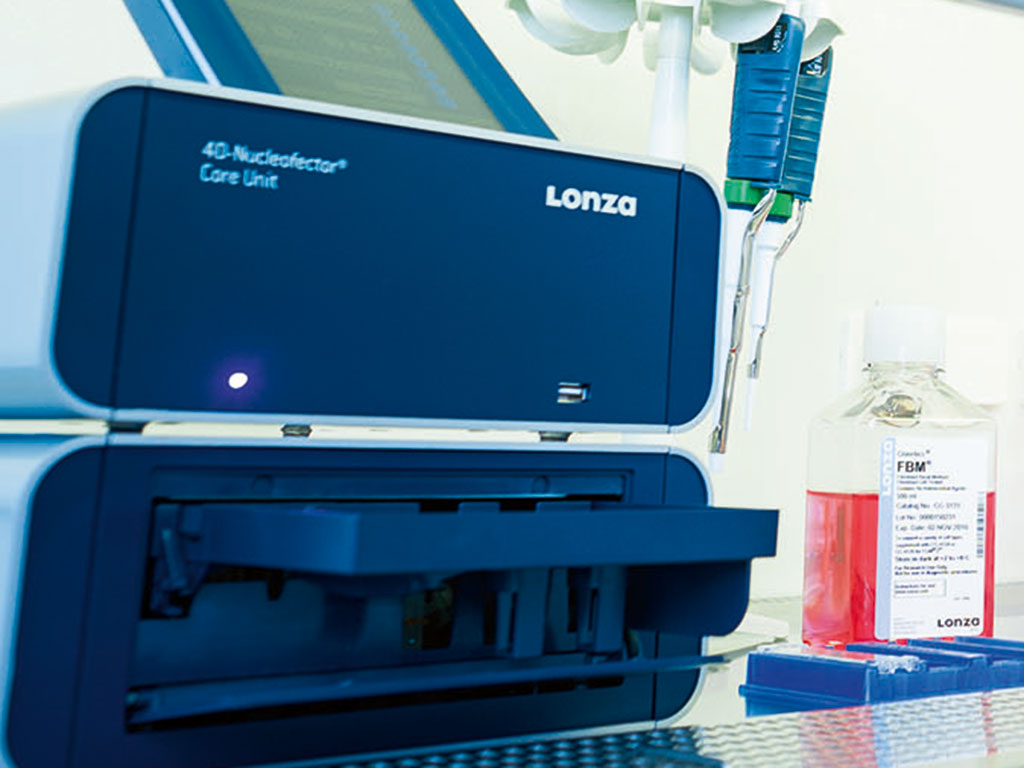Parkinson’s disease (PD) is the second most common neurodegenerative disease, after Alzheimer’s disease. It is a progressive disorder primarily affecting dopaminergic neurons of the Substantia nigra and is characterized by progressive development of motoric symptoms such as tremors and bradykinesia. PD is often associated with other symptoms unrelated to movement such as loss of smell and cognitive impairments. Despite multiple studies, the exact mechanism of what causes PD remains currently unclear. Genetic analyses of familial cases have implicated involvement of several genes and pathways in the pathophysiology of PD.
One such target is LRRK2 gene that encodes leucine-rich repeat kinase 2 (LRRK2). LRRK2 is one of the most commonly mutated genes in dominantly inherited forms of PD. LRRK2 is ubiquitously expressed but PD affects only subsets of cells, such as the dopaminergic neurons of the substantia nigra, therefore how LRRK2 mutations are involved in PD pathophysiology remains not fully understood.
Recently, researchers at the NIH in Bethesda have generated 14 iPSC lines using CRISPR/Cas technology and 4D-Nucleofector® System. These cells can be used for the study of genetic alterations of LRRK2 and its role in the cellular pathophysiology of PD.
As these lines have a common genetic background, they can serve as models to investigate the effects of different genetic alterations of LRRK2 on cellular functions. Furthermore, with the re-differentiation of these mutant cells into different cell types, it will be possible to identify potential population-specific functions of LRRK2 that will shed light on the nature of these specific LRRK2 mutations.
Written by Elodie
Scientific Support Specialist, Lonza Pharma-Bioscience Solutions at Lonza

